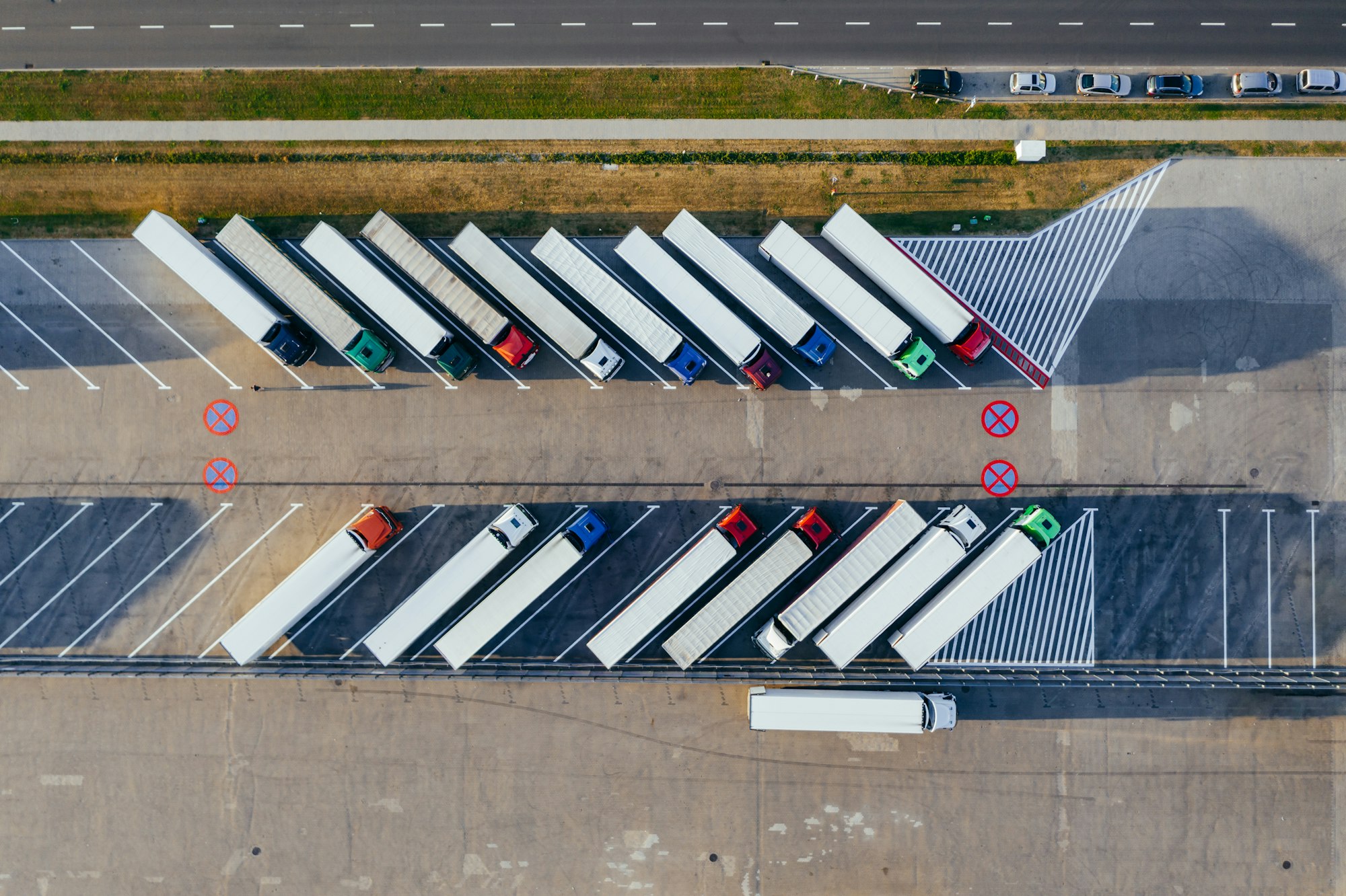America's water highway is in trouble, to chagrin of Midwest farmers

Concern is growing over the aging locks-and-dams system on the Mississippi River, as well as the impact of drought and high costs on agricultural exports. In a typical year, 60% of the nation's grain is transported downstream on barges along the river, but this is becoming increasingly challenging due to labor shortages and unpredictable weather. Farmers and grain buyers are becoming increasingly concerned as water levels drop and barge rates increase. The impact on the industry last year cost the country an estimated $20 billion, and the future remains uncertain.
Source: Link
Frequently Asked Questions
Q: What is America's largest water highway?
A: America's largest water highway is the Mississippi River. It serves as a major transportation route for goods, including grain from Midwest farmers.
Q: Why is America's water highway in trouble?
A: The water highway is in trouble due to various factors such as low water levels, breaches in irrigation canals, and potential pollution issues. These problems can disrupt transportation and impact Midwest farmers who rely on the Mississippi River for grain shipments.
Q: How does the trouble with America's water highway impact Midwest farmers?
A: The trouble with America's water highway can have negative consequences for Midwest farmers. For example, low water levels can cause traffic to halt, making it difficult to transport grain and impacting farmers' ability to sell their crops. Additionally, breaches in irrigation canals can deprive farmland of water, affecting crop irrigation and potential yields.
Q: What are some concerns for Midwest farmers regarding America's water highway?
A: Midwest farmers have concerns about the impact of low water levels, breaches in irrigation canals, and potential pollution issues on the Mississippi River, which is their primary transportation route for grain. These issues can disrupt their ability to transport and sell their crops, affecting their livelihoods.
Q: Are there any potential pollution issues with America's water highway?
A: Yes, potential pollution issues can arise along America's water highway, including the Mississippi River. For example, there have been cases of toxic chemicals, such as PFAS, showing up in milk produced by midwestern farmers, prompting them to examine the quality of their land and potential sources of contamination.
Q: How do Midwest farmers manage water for their crops?
A: Midwest farmers often use irrigation systems to manage water for their crops. According to the USDA, many farms in the Midwest have some form of irrigation infrastructure in place to enhance the productivity and profitability of their agricultural operations.
Q: How did the Market Revolution impact farmers in the Northeast and Midwest?
A: The Market Revolution, characterized by the development of railroads, roads, and canals, had a positive impact on farmers in the Northeast and Midwest. It improved transportation infrastructure, making it easier for farmers to access urban markets and sell their goods.
Q: What solutions were explored during the Dust Bowl for water shortages?
A: During the Dust Bowl, when water shortages were a major problem, farmers in affected areas explored various solutions. One of these solutions was pumping water from wells to irrigate parched fields and mitigate the effects of drought.
Q: How does agriculture impact water quality?
A: Agricultural operations can have an impact on water quality through farm runoff. Runoff from farms can contain fertilizers, pesticides, and other pollutants that can enter inland and coastal waters, potentially affecting water quality.
Q: Did windmills play a role in water management on the American Plains?
A: Yes, windmills played a significant role in water management on the American Plains. Ranchers and farmers utilized windmills to pump water into tanks along their routes, providing a reliable water source for their herds and crops.

